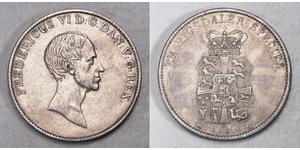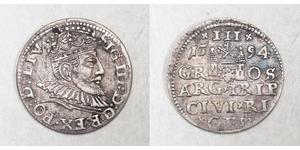Ruble
The ruble or rouble is used in Belarus, Russia, Abkhazia, South Ossetia and Transnistria, and was the currency unit of several other countries, notably countries influenced by Russia and the Soviet Union. One ruble is divided into 100 kopecks (Russian: копейка, kopeyka).
According to one version, the word “ruble” is derived from the Russian verb рубить, rubit, i.e., to chop.
Historically, “ruble” was a piece of a certain weight chopped off a silver ingot (grivna), hence the name. Another version of the word’s origin is it comes from the Russian noun рубец, rubets, i.e., the seam that is left around the coin after casting: silver was added to the cast in two steps. Therefore, the word ruble means “a cast with a seam”.
The ruble was the Russian equivalent of the mark, a measurement of weight for silver and gold used in medieval western Europe. The weight of one ruble was equal to the weight of one grivna.
In Russian, a folk name for “ruble”, tselkovy (целковый, wholesome), is known, which is a shortening of the целковый рубль (“tselkovyi ruble”), i.e., a wholesome, uncut ruble.
The word kopek, kopeck, copeck, or kopeyka (in Russian: копейка, kopeyka) derives from the Russian kop’yo (копьё) — a spear. The first kopek coins, minted at Novgorod and Pskov from about 1535 onwards, show a horseman with a spear. From the 1540s onwards the horseman bears a crown, and doubtless the intention was to represent Ivan the Terrible, who was Grand Prince of all Russia until 1547, and Tsar thereafter. Subsequent mintings of the coin, starting in the 1700s, bear instead Saint George striking down a serpent.
In 1704, Russia was the first country in the world to introduce a decimal monetary system, where one ruble was equal to 100 kopeks.
1 Speciedaler Denmark Silver Frederick VI of Denmark (1768 -1839)
group has 8 coins / 6 prices
⇑
3 Grosh Poland Silver Sigismund III of Poland
group has 4 coins / 4 prices
⇑









